People breed dogs for different purposes and environments, including working in low temperatures. Yet some dog breeds have naturally developed to resist the cold. The pups best equipped to withstand icy weather usually hail from Northern (think Alaska) or high-altitude (think Tibet) regions. But which pups are universally known to withstand the chill? StudyFinds researched the best dog breeds for cold climates.
If you love cold climates, you’re in luck. German researchers found that moderately cold temperatures increase a person’s longevity and decrease susceptibility to age-related diseases. This is because the cold prevents the proteins in your body from clumping together, a condition associated with neurodegenerative diseases like amyotrophic lateral sclerosis (ALS), Alzheimer’s, or Huntington’s disease. The researchers found that a drop in temperature increased the activity of a cellular mechanism that removes damaged proteins from cells.
On a less complex level, an international team of scientists found that lower temperatures — “keeping cool” — prevented a shortened lifespan in rodents, inspiring the researchers to create the saying “live cold, die old.” “We are excited about the findings, particularly that using small fans to blow air over the animals reversed the effect of high ambient temperature on lifespan by decreasing body temperature […],” said Zhao Zhijun from Wenzhou University.
If you already happily live in a colder region of the world but are still looking for a buddy to “chill” with, be sure your new friend appreciates low temperatures as much as you do. To find the top five best dog breeds for cold climates, StudyFinds reviewed expert breed lists on ten websites to seek out the most highly recommended. Do you agree with their selections? Please let us know in the comments.
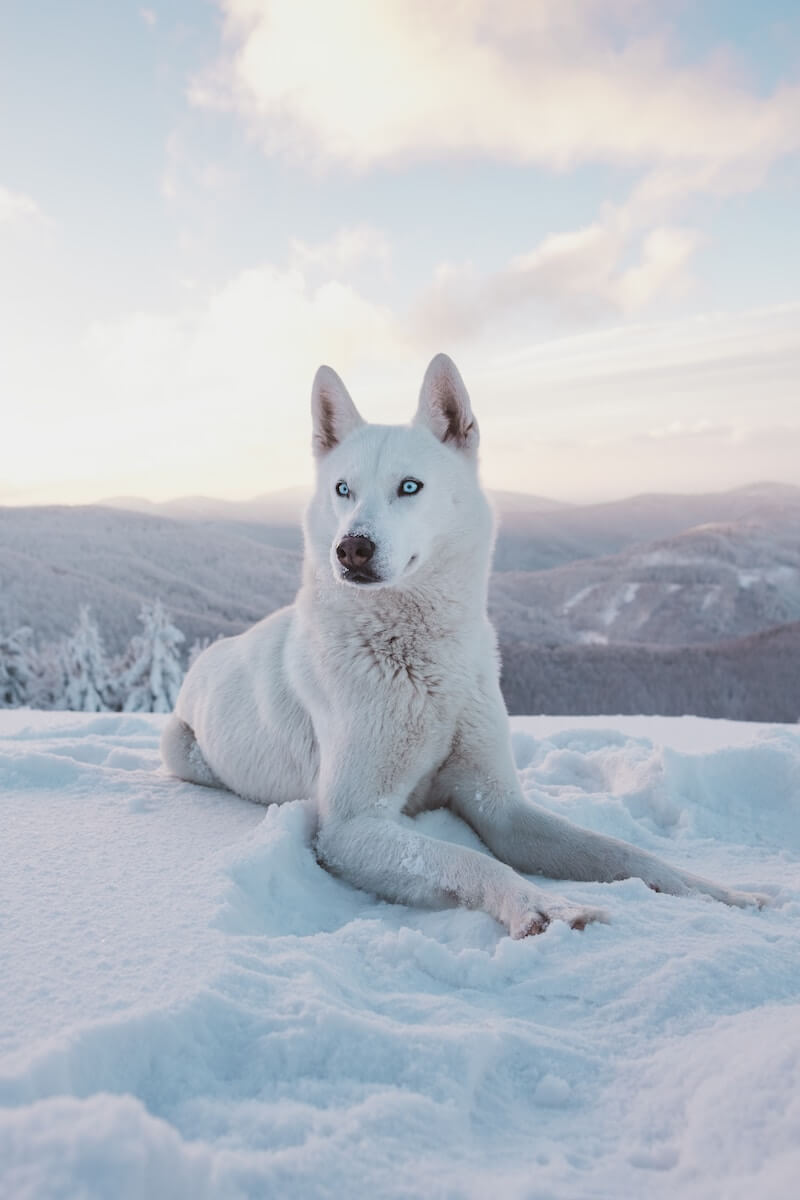
The List: Best Dog Breeds for Cold Climates, According to Experts
1. Tie: Siberian Husky AND Newfoundland
Two breeds share the most mentions — eight out of ten — as cold climate canines. The Siberian husky originates from the Russian province Siberia, which is home to the coldest city on Earth, Yakuts. The Newfoundland of course comes from the Canadian province Newfoundland, where temperatures are also hardly tropical. These dogs know how to keep warm! Siberian huskies, for instance, “have a thicker coat than most other dog breeds, made up of a dense cashmere-like undercoat and a longer, coarse top coat,” says the American Kennel Club.
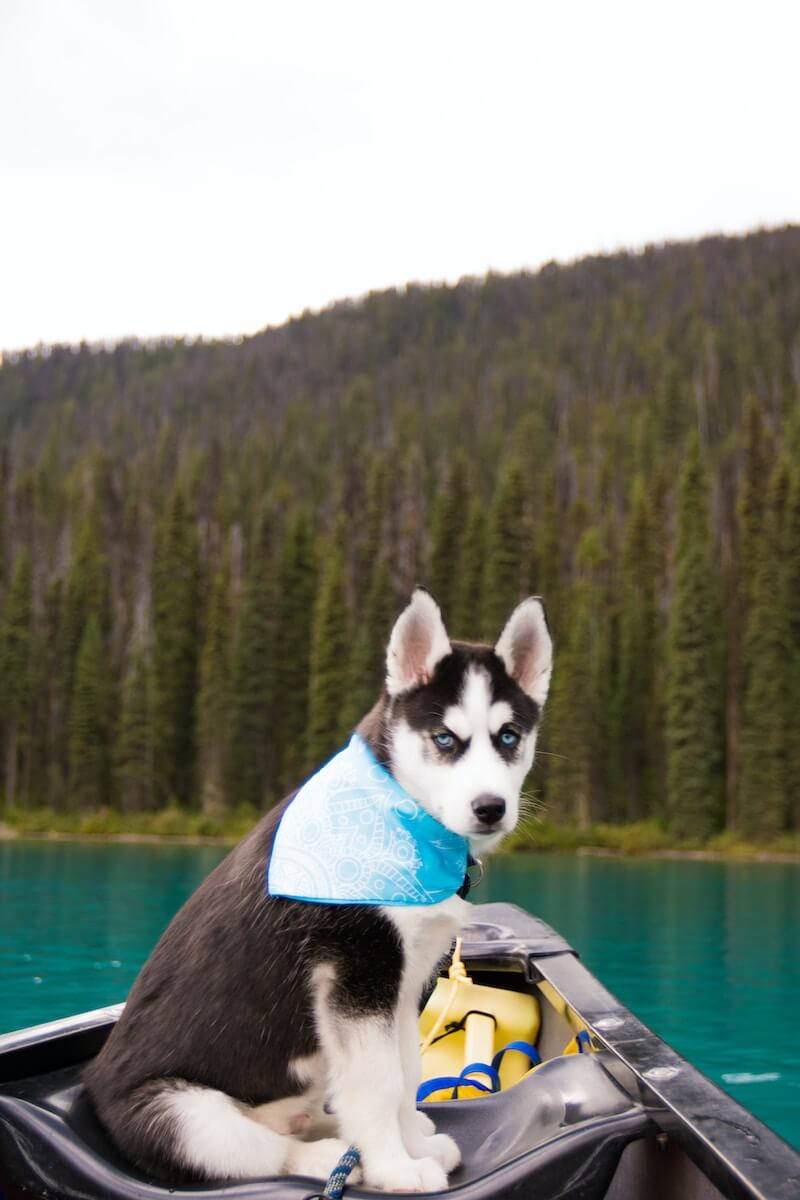
“Perhaps the most popular cold-tolerant dog breed in the world is the Siberian Husky,” adds Love Your Dog. “They’re the classic image of a snow dog, with their dense double coats, lithe figure, and striking blue eyes. These dogs were originally bred to help pull sleds and transport property across the frozen Russian tundra. This job required them to be around humans most of the time, meaning they carry their fondness for people with them to this day. They are fantastic family dogs who enjoy spending time with the members of their pack.” Fun fact: Togo, the sled dog that saved the Alaskan town of Nome (though Balto tends to get all the credit), was a Siberian husky. Don’t confuse the Siberian husky with its look-alike, the equally cold-resistant Alaskan malamute!
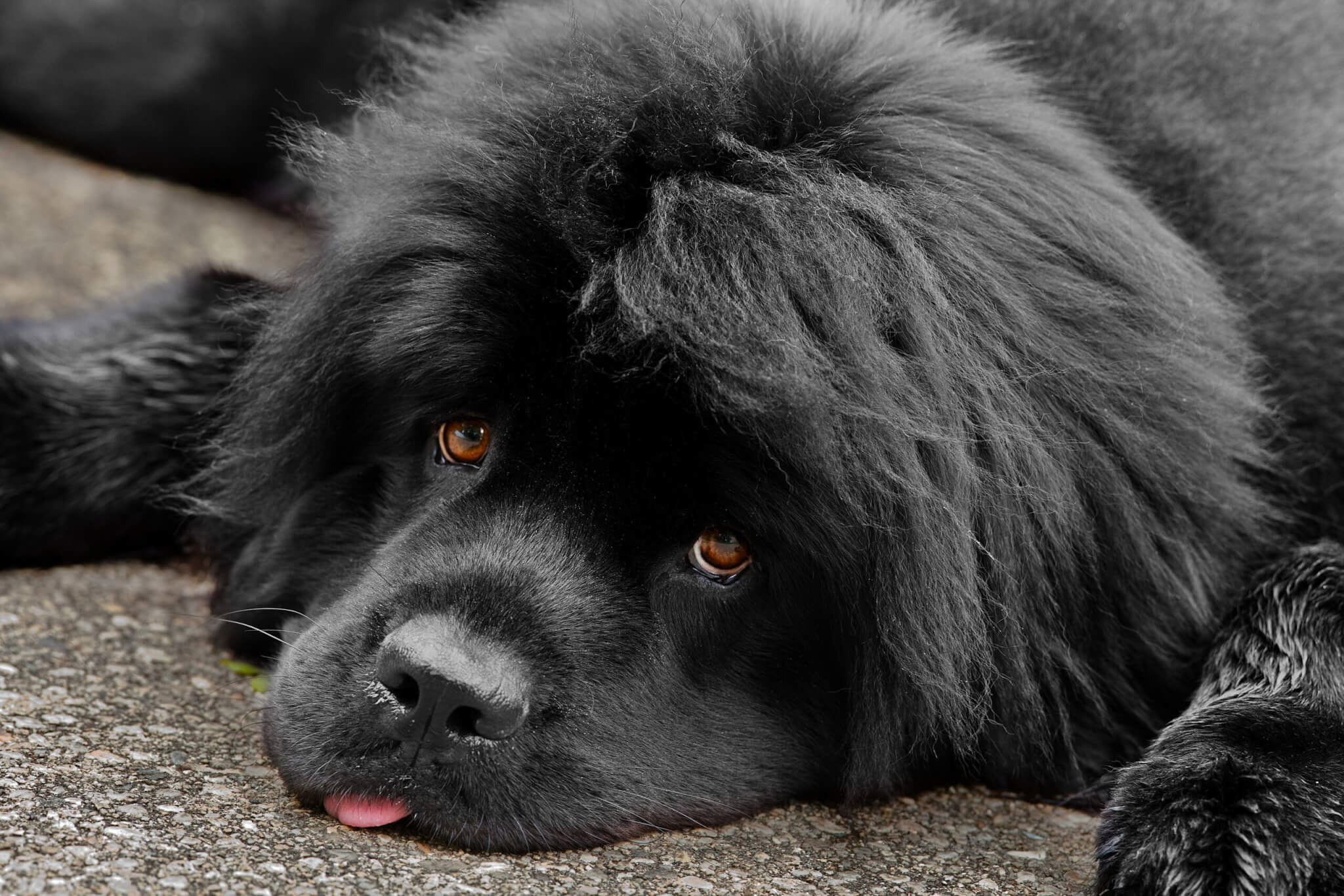
Like the husky, “the Newfoundland has a heavy coat that protected it from the icy waters it was originally bred to work in, making it ideal for colder weather,” says Outside‘s dog expert. “These Canadian dogs are still used in water rescues today, but don’t be fooled by their swimming skills—a double coat and a strong body make it ideal for mountains, too.” And as for their temperament, the “Newfie” is “the perfect family dog, Newfies have low energy, but come chock full of friendliness and protectiveness.”
2. Tie: Alaskan Malamute AND Saint Bernard
You’d think the Alaskan Malamute would share the number one spot with the Siberian husky, but only seven out of ten experts mentioned the breed — the same number of mentions as the Saint Bernard received for being cold-resistant. So here we are with another tie.
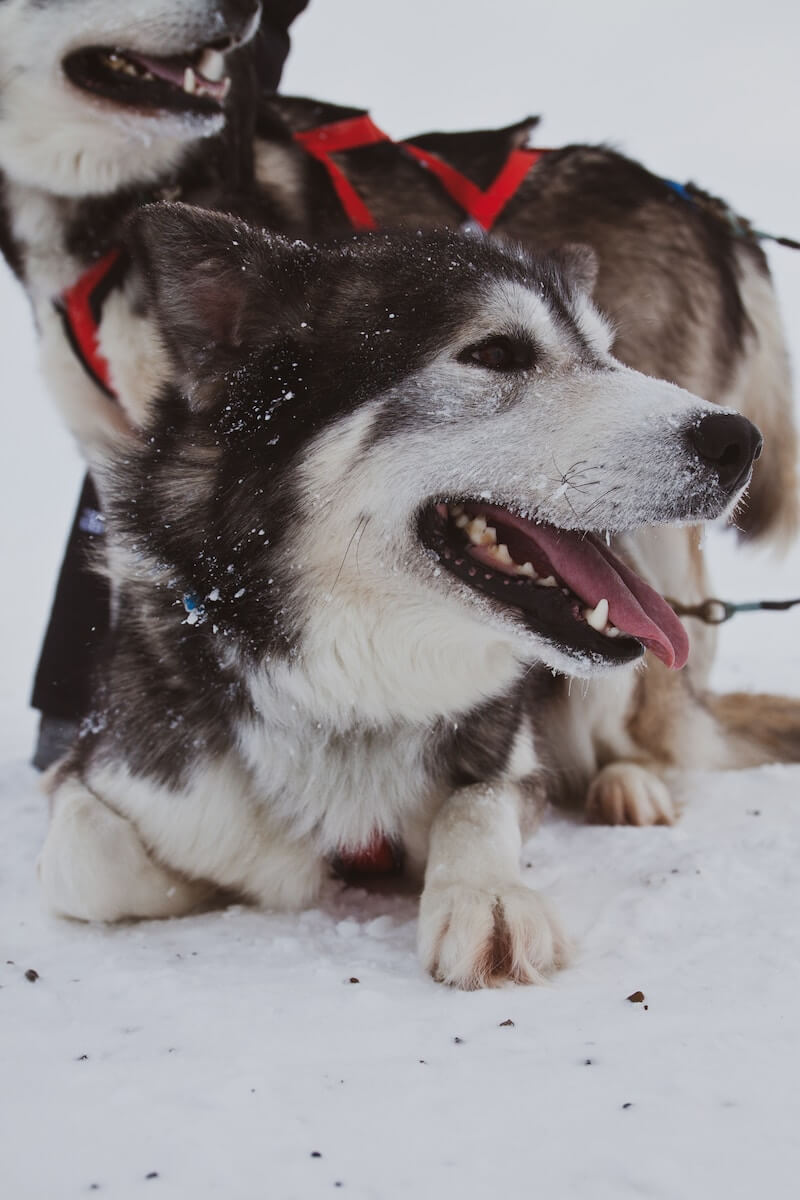
Not unlike the Siberian husky, “Alaskan Malamutes were originally bred by the Mahlemiut Inuit tribe to help haul heavy loads through snowy territory. These athletic dogs have a double coat of fur, meaning they have lots of built-in insulation for playing in winter wonderlands. Weighing in at 75 to 85 pounds, their large size means they’re ready to be put to work pulling sleds, making Alaskan malamutes the perfect addition to a family who loves winter sports,” writes Daily Paws.
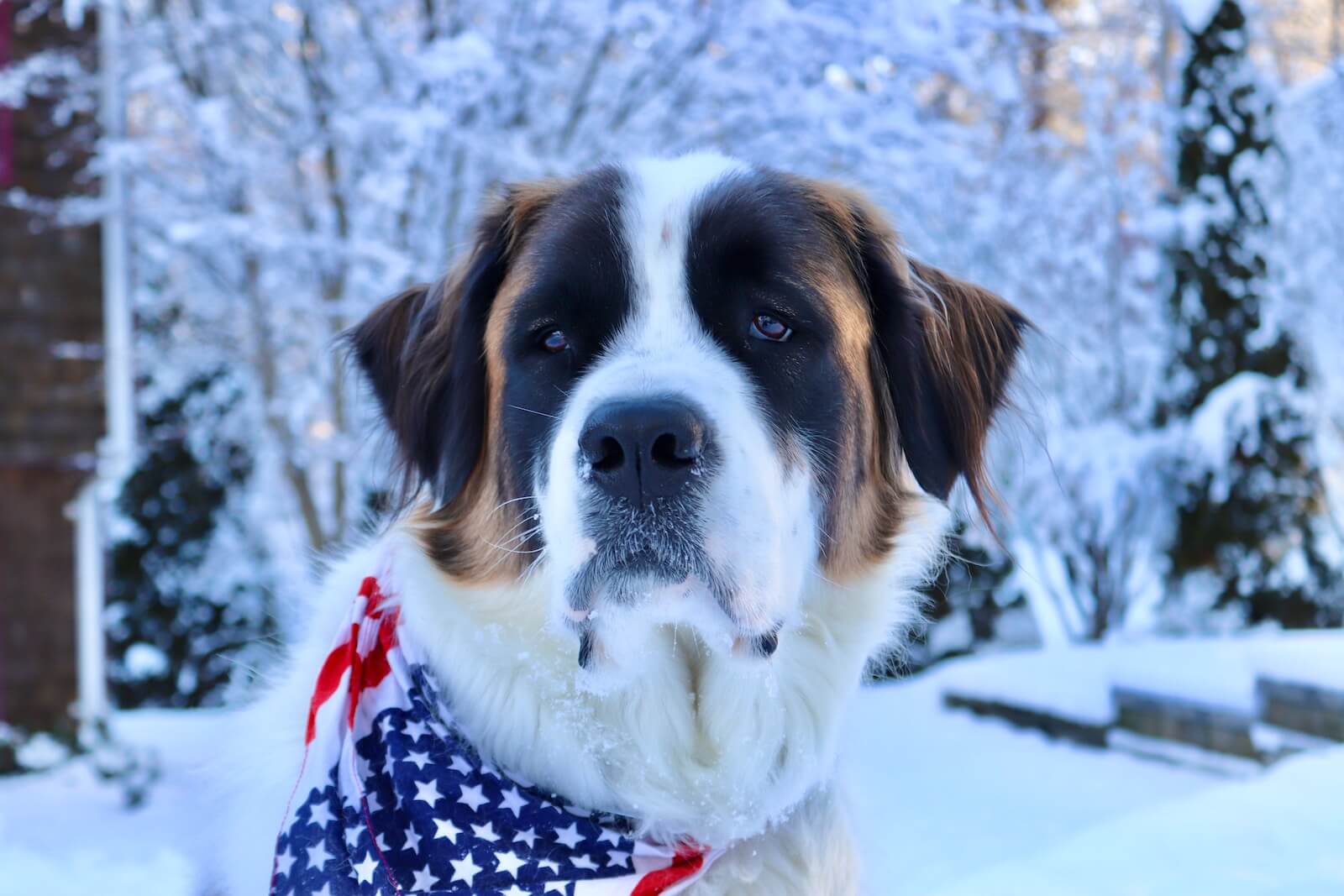
Hellhound Cujo may have been a Saint Bernard, but his antics are the exception — Saint Bernards are true lifesavers! “The Saint Bernard comes from the Swiss Alps and was originally used to locate freezing and helpless travelers during snowstorms, so this breed is used to being in cold and snowy regions,” writes the American Kennel Club. Also, “this massive dog makes for a great family pet. Saint Bernards are known for their devotion to their humans, especially children. […] You might not use your Saint Bernard as a search and rescue dog, but you can be sure they’ll be comfortable in winter weather,” notes Hill’s Pet Nutrition.
3. Keeshond
Thanks to its “Arctic origins” the breed may be just as tough as the malamute or Saint Bernard but wasn’t bred specifically for the snow. Instead, Keeshonds “served as a watchdog on riverboats in Holland,” says American Kennel Club.
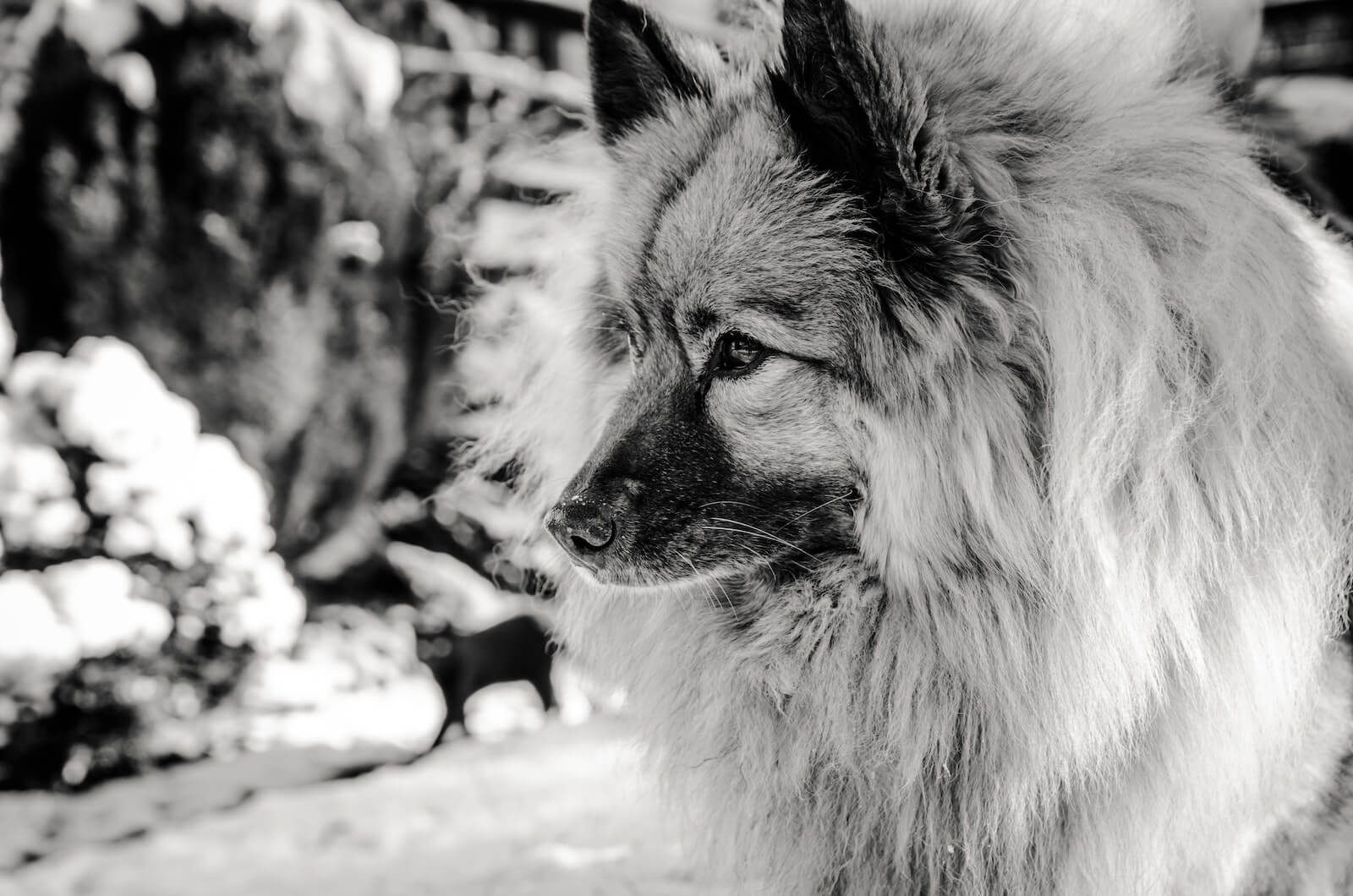
“The thick fur and downy undercoat on this super affectionate pooch create insulation from harsh temperatures and damp climates,” states Outside. “The Keeshond is friendly, learns quickly, and is readily active, but is still okay with taking it easy at home as a friendly pet. These pooches need quite a bit of exercise, or else they’ll end up spinning in circles, literally.”
“The Keeshond is the key to your canine woes when temperatures drop,” claims BringFido. “This Dutch breed was bred to guard family farms and river barges from vermin and other intruders. Nowadays, this striking furball will make a great addition to your home come rain, sun or snow. Keeshonds are medium-sized and have a thick recognizable double layer of fur made up of a wooly undercoat and an outer guard coat, which would have been useful on the chilly barges of Holland. If you want to take your new furry best friend snowshoeing, you’re in luck! This highly-trainable breed loves to learn new things.”
4. Great Pyrenees
These stunning dogs already look like polar bears. No wonder they can handle the cold. “Great Pyrenees are snow white dogs known for their strength and size. Full-grown Great Pyrenees dogs can weigh between 85 pounds and 100+ pounds,” writes Daily Paws.
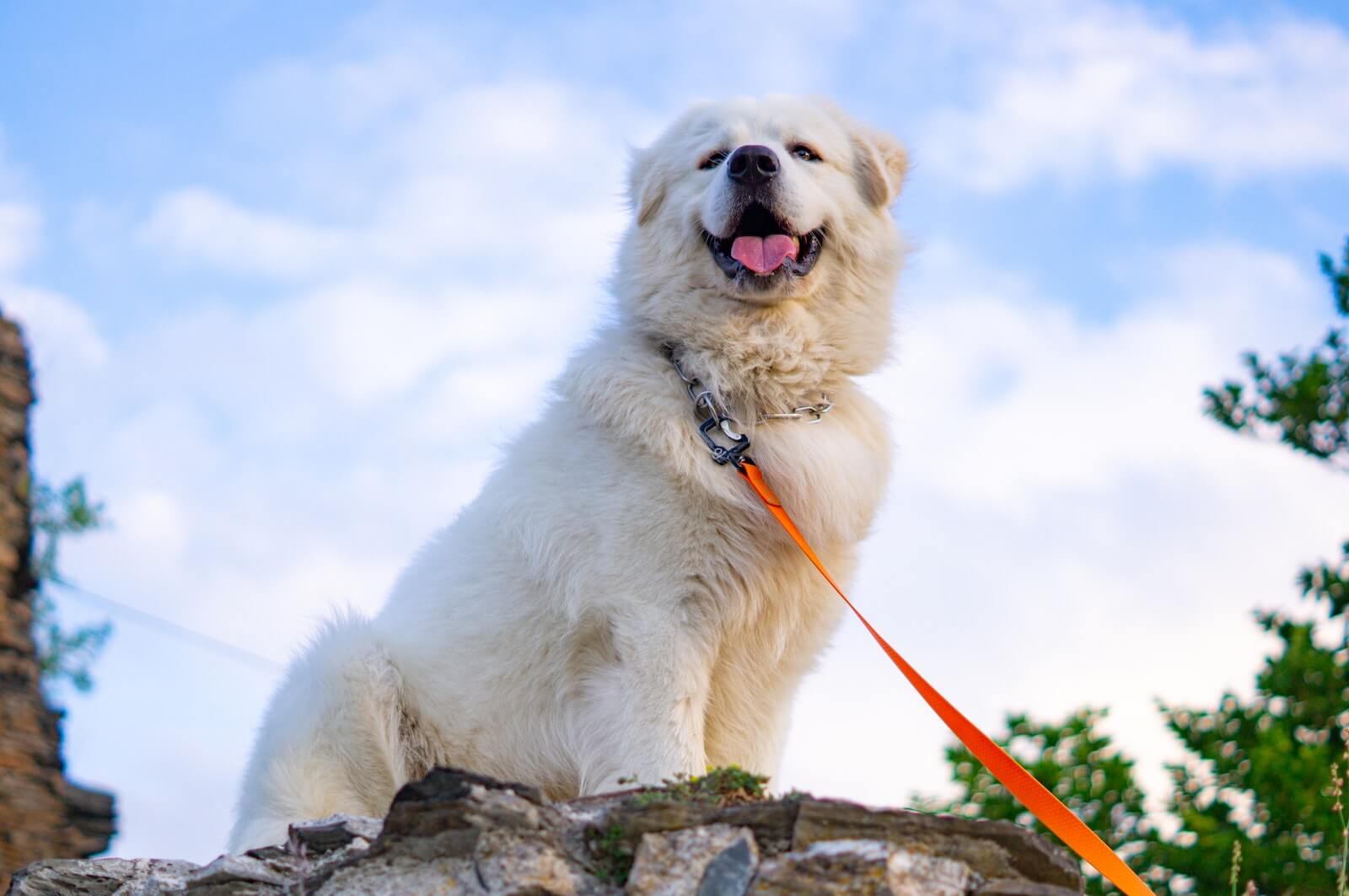
Hepper shares that “the Great Pyrenees [..] hails from the Pyrenees mountains in France and loves the cold and snow. The breed was once the Royal Dog of France and was used as a guarding dog. He is very gentle and makes a great family pet, but he will need time outdoors and will appreciate the opportunity to roam.”
And according to BringFido, “the Great Pyrenees could become your ideal winter companion. […] Thanks to their thick double coats that feel like your favorite comforter when stroked, they can handle temperatures as low as 0 degrees Fahrenheit for short periods of time and 30 degrees Fahrenheit for longer stretches.”
5. Tie: Bernese Mountain Dog AND Shiba Inu
And another tie! Each breed got five out of ten mentions. Deservedly, as both sure are fluffy. Similar to the other Swiss dog on our list, the Saint Bernard, “the Bernese Mountain Dog is strong, has plenty of energy when he is working, and […] will be completely devoted to his owner, enjoying spending time curled up asleep just as much as being outdoors and exercising. His strength means that he is even used to carrying his and his owner’s equipment through snowy and mountainous terrain,” says Hepper.
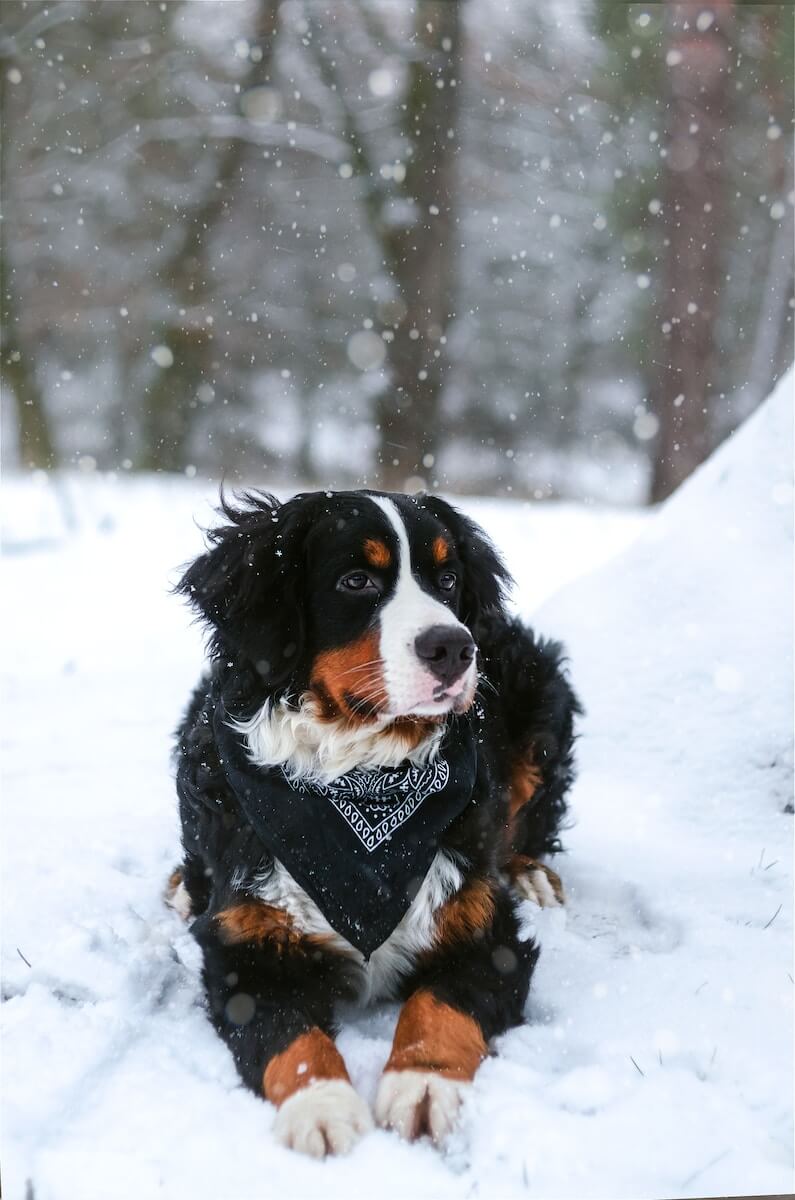
Bernese mountain dogs are as sweet as they look: “They are very gentle and get along well with children and pets. Berners extend this kindness to people they trust outside their families. They are protective of their homes, but hardly ever aggressive. Still, they have a tendency to be more reserved around those they’re not familiar with,” says Love Your Dog.
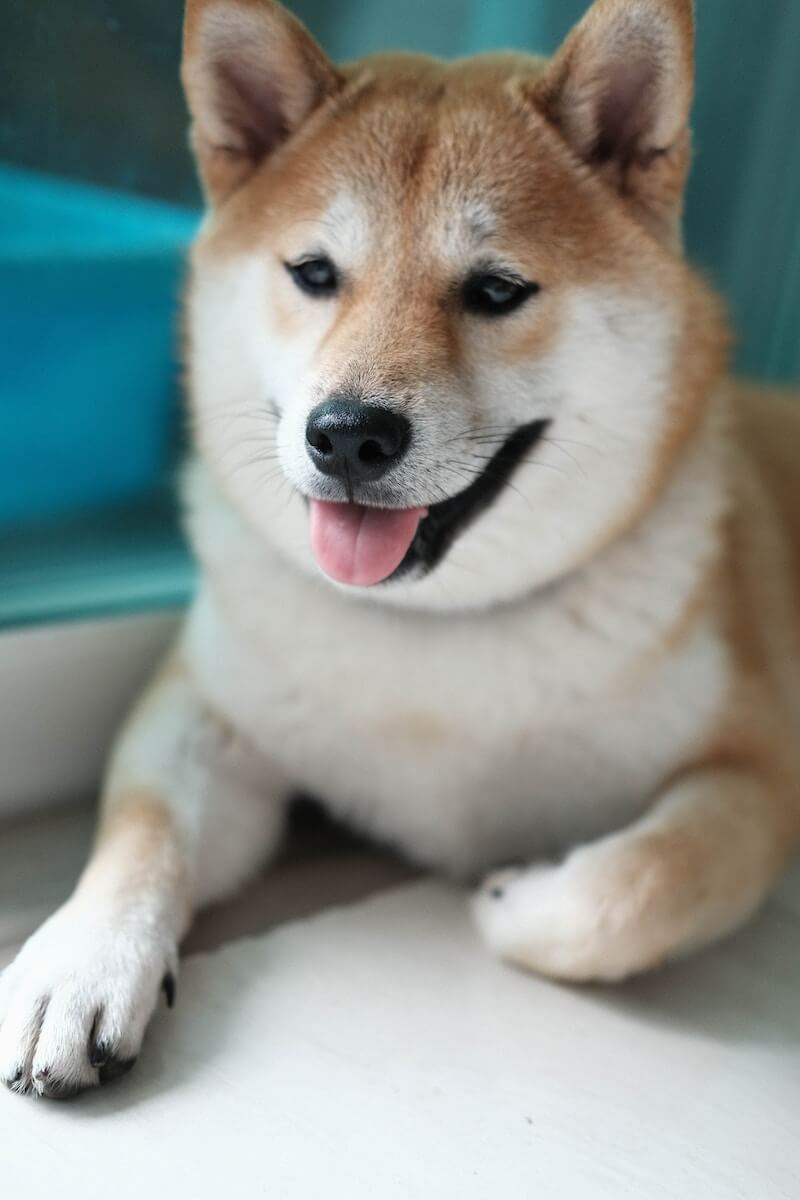
Shiba Inus on the other hand don’t care much for strangers. “They have bright, bold, and alert personalities, making them a suitable watchdog for the home,” per Love Your Dog. While they protect their home from strangers, “their fox-like double coats […] protect them from the cold,” explains BringFido and adds: “People who live in places that feel the chill will be happy to have the lively presence of a Shiba Inu to force a walk on wintery days and bring a ray of sunshine into their home.”
You might also like:
Sources:
- Outside
- Hill’s Pet Nutrition
- American Kennel Club
- Love Your Dog
- Daily Paws
- Hepper
- Safe Paw
- PetPlate
- BringFido
- Figo
Note: This article was not paid for nor sponsored. StudyFinds is not connected to nor partnered with any of the brands mentioned and receives no compensation for its recommendations. This post may contain affiliate links.
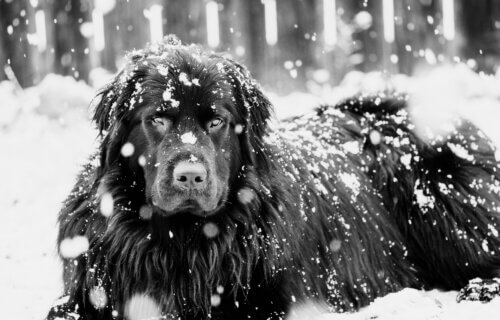
What!!!??? I cannot believe this list doesn’t include the ancient breed of sled dog…….the great SAMOYED. It’s akin to Christianity without Jesus Christ himself.
Bernese Mountain Dogs may be wonderful pets, but they have a predilection to cancer. I know a family who have had 4 of these dogs. All 4 died of cancer by 7. I asked my vet about this, and he told me this breed often gets cancers of the GI tract, and he’s had to euthanize more BMD’s than any other breed.
We had a long haired black German Shepard( a dog you don’t see much in the US) his parents were on the cover of dog magazine back in1969/70, he tolerated the hot weather in Palm Springs Ca.plus the cold weather up north in Vermont & Michigan. He was highly inteligent and a great baby sitter for the kids.We gave him no training,he did everthing on his own by instinct.He was brought to the US from Germany by his previous owners who were elderly and didn’t think he should be in a apartment.